Fly Fish Banana River Black Drum
It’s getting to be that time of year!
Black drum run big. If you Fly Fish Banana River Black Drum they’ll probably be the largest tailing fish to which you’ll ever cast a fly.
When you’re in the water up to your hips and that broom-sized tail pops up, I don’t care where you’ve been or what you’ve caught. Adrenaline is going to rush. The mouth will dry right up. It’s exciting fishing.
The requisite fly selection for black drum is small. Flies need to sink like an anvil. A black, size 2 Clouser Minnow with a weedguard or a dark crab pattern such as a Merkin are the best choices.
You need a seven- or eight-weight outfit with a floating line, plenty of backing, and a 10 foot leader with a 15 pound tippet, almost impossible to break.
Paddle up into the Banana River Lagoon’s federal manatee refuge (locally called the no motor zone) searching for them. Either a canoe or a kayak will work. Use the boat to find the fish, then wade.
The best weather is a cool, sunny day with a light north or northwest wind. The best time of year runs roughly from Thanksgiving to Easter.
You won’t find them on the shoreline. Look out on the deeper part of the flat, even at or off its edge. Expect that some days you won’t see any.
While tailers are what everyone wants to see, drum don’t always tail. Many times you’ll see cruising fish. They will still take a well presented fly.
Sometimes you find the drum as scattered singles. If you’re lucky, you’ll find a herd. Anytime you find some, be happy about it. Make the best of whatever situation comes along.
How far will you have to paddle? Some days only a few miles gets the job done. Other days you might have to go all the way up to the NASA Causeway, a round trip of more than 10 miles.
To read the rest of this article, visit this link…
Life is short. Go Fishing!
John Kumiski
http://www.spottedtail.com
All content in this blog, including writing and photos, copyright John Kumiski 2013. All rights are reserved.












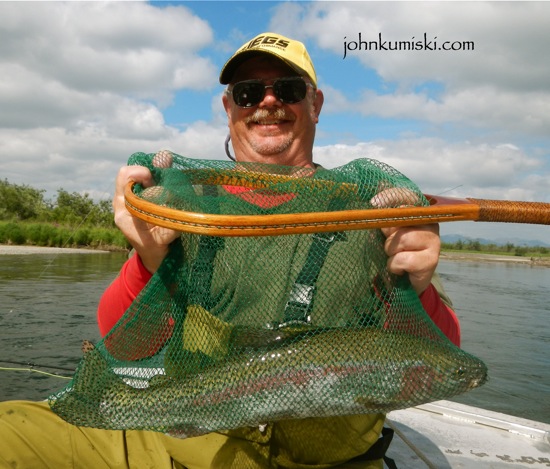
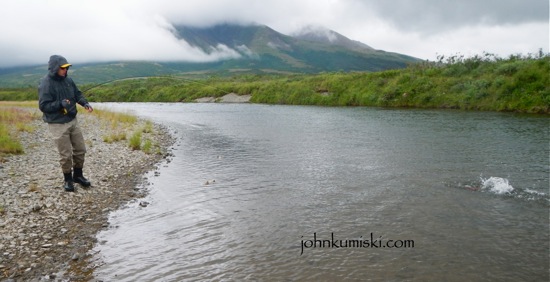

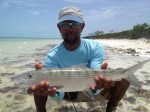




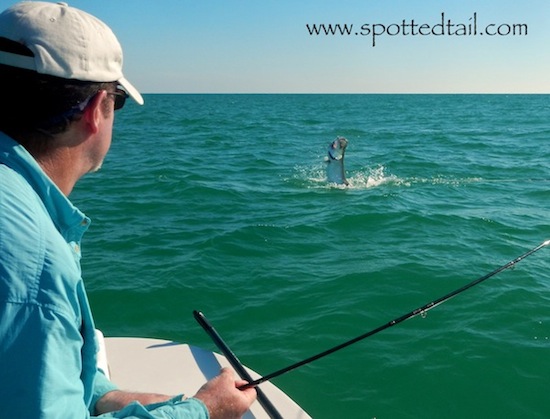







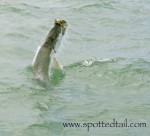
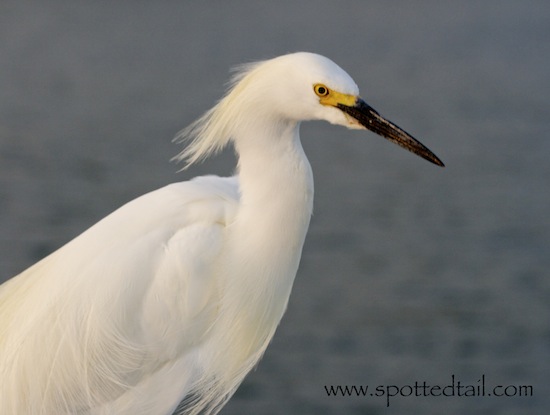







Recent Comments